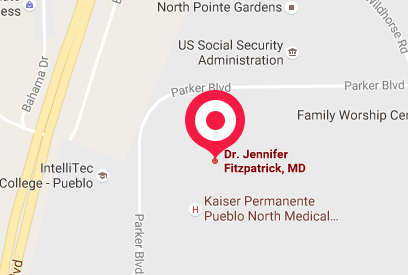Elbow
-
Elbow Anatomy
The elbow is a complex joint formed by the articulation of three bones –the humerus, radius and ulna. The elbow joint helps in bending or straightening of the arm to 180 degrees and assists in lifting or moving objects.
Find out more about Elbow Anatomy, click on below tab.
-
Cubital Tunnel Syndrome
Cubital Tunnel Syndrome is a condition characterized by compression of the ulnar nerve in an area of the elbow called the cubital tunnel. The ulnar nerve travels down the back of the elbow behind the bony bump called the medial epicondyle, and through a passageway called the cubital tunnel. The cubital tunnel is a narrow passageway on the inside of the elbow formed by bone, muscle, and ligaments with the ulnar nerve passing through its center. The roof of the cubital tunnel is covered with a soft tissue called fascia.
Find out more about Cubital Tunnel Syndrome, click on below tab.
-
Tennis Elbow
Tennis elbow is the common name used for the elbow condition called lateral epicondylitis. It is an overuse injury that causes inflammation of the tendons that attach to the bony prominence on the outside of the elbow (lateral epicondyle). It is a painful condition occurring from repeated muscle contractions at the forearm that leads to inflammation and micro tears in the tendons that attach to the lateral epicondyle.
Find out more about Tennis Elbow, click on below tab.
-
Rupture of the Biceps Tendon
The biceps muscle is located in the front of your upper arm. It helps in bending your elbow, rotational movements of your forearm and maintaining stability in the shoulder joint. It has two tendons, one of which attaches it to the shoulder bone (proximal biceps tendon) and the other attaches it at the elbow (distal biceps tendon). The biceps tendon can tear at the shoulder or elbow with overuse, or injury when you lift heavy objects or fall on your hand.
Find out more about Rupture of the Biceps Tendon, click on below tab.
-
Elbow Fractures
Three bones, the humerus, radius and ulna, make up the elbow joint. Elbow fractures may occur from trauma, resulting from various reasons; some of them being a fall on an outstretched arm, a direct blow to the elbow, or an abnormal twist to the joint beyond its functional limit.
Find out more about Elbow Fractures, click on below tab.
-
Biceps Tendon Repair
The biceps muscle is located in front of your upper arm. It helps in bending your elbow as well as in rotational movements of your forearm. Also, it helps to maintain stability in the shoulder joint. The biceps muscle has two tendons, one of which attaches it to the bone in the shoulder and the other attaches at the elbow. The biceps tendon at the elbow is called the distal biceps tendon and if there is a tear in this tendon, you will be unable to move your arm from the palm-down to palm-up position.
Find out more about Biceps Tendon Repair, click on below tab.
-
Elbow Arthroscopy
Elbow arthroscopy, also referred to as keyhole or minimally invasive surgery, is performed through tiny incisions to evaluate and treat several elbow conditions. The Elbow is a complex hinge joint formed by the articulation of three bones - humerus, radius and ulna. The upper arm bone or humerus connects the shoulder to the elbow forming the upper portion of the hinge joint.
Find out more about Elbow Arthroscopy, click on below tab.
-
Elbow Joint Replacement
Elbow Joint Replacement, also referred to as Total Elbow Arthroplasty is an operative procedure to treat the symptoms of arthritis that have not responded to non-surgical treatments. The arm in the human body is made up of three bones that join together to form a hinge joint called the elbow. The upper arm bone or humerus connects from the shoulder to the elbow forming the top of the hinge joint.
Find out more about Elbow Joint Replacement, click on below tab.
Click on the topics below to find out more from the orthopaedic connection website of American Academy of Orthopaedic Surgeons.
- Arthritis of the Elbow
- Biceps tendinitis
- Broken arm
- Colles fracture
- Dislocated Elbow
- Elbow Bursitis
- Elbow Fractures in Children
- Erb's Palsy (Brachial Plexus Injury)
- Forearm Fractures in Children
- Olecranon (Elbow) Fractures
- Radial Head Fractures
- Rupture of the biceps tendon
- Tendonitis
- Tennis Elbow
- Throwing injuries in the elbow
- Ulnar nerve entrapment

